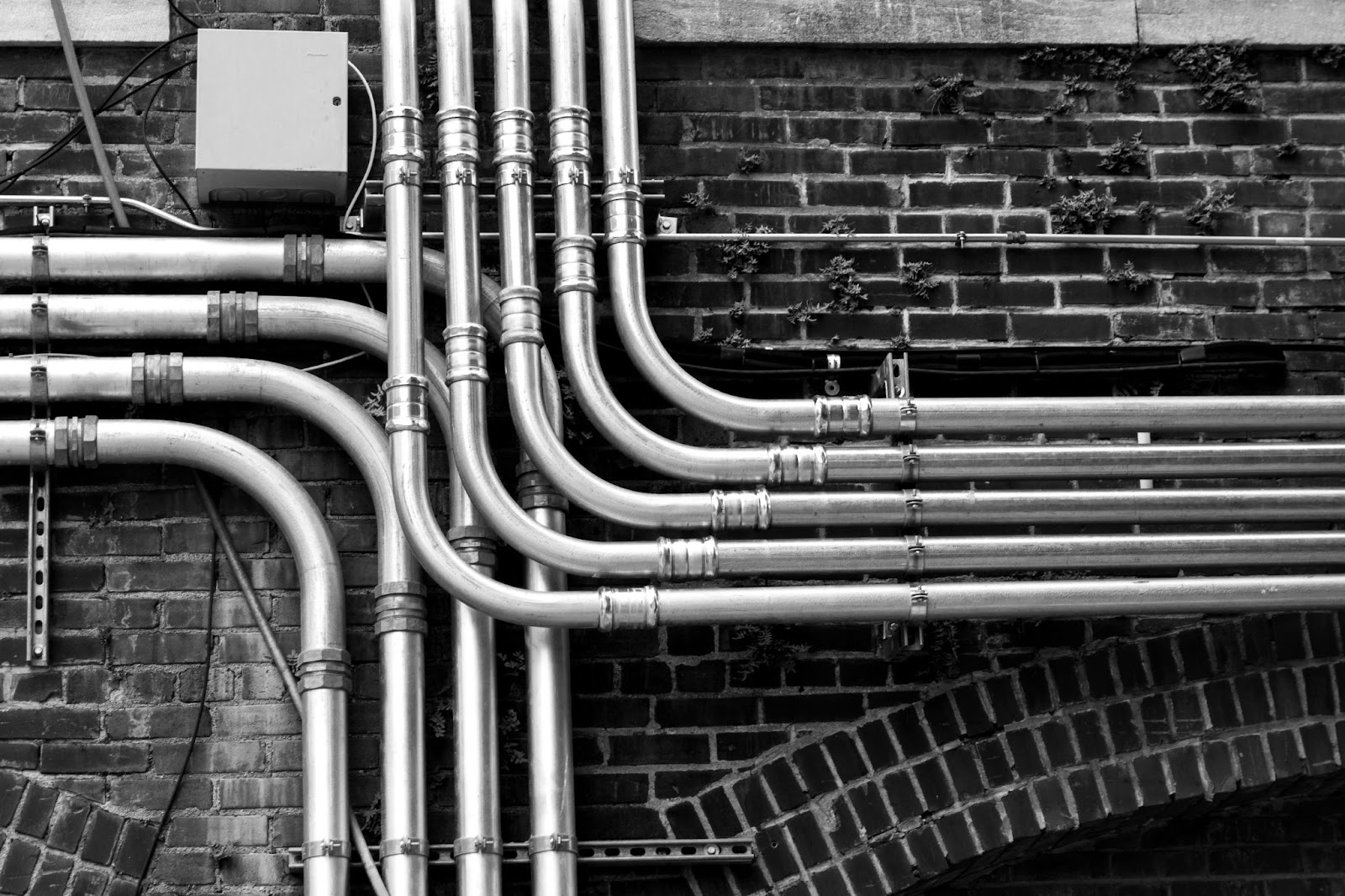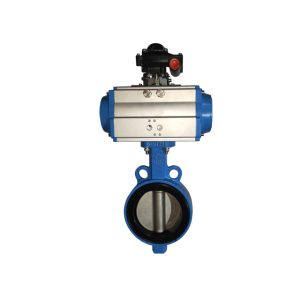Table of Contents
ToggleFlanged check valves come in several types, including swing, sprung disc, dual plate, and lift check variants.
Engineered for diverse applications, they offer robustness and dependability in managing fluid flow direction.
Constructed from materials like WCB, LCB, and stainless steel grades such as CF8 and CF8M, these valves suit a broad spectrum of industries.
Moreover, they feature seat materials like EPDM, NBR, and Viton, ensuring compatibility with different fluids and operating conditions.
With temperature ranges spanning from -196°C to 500°C, these valves meet various pressure requirements and adhere to design standards like API, BS, and ANSI, guaranteeing quality and performance across applications.
Different Flange Check Valve Types
Flanged check valves come in various types, each designed for specific applications and operating conditions. Here are some common types:
1: Flanged Ball Check Valve
This type of valve features a spherical ball that moves in response to flow, allowing fluid to pass in one direction while preventing backflow.
It’s often used in applications where quick response and low-pressure drop are essential.
2: Flanged Duckbill Check Valve
Characterized by its flexible rubber construction, this valve works by opening and closing in response to fluid pressure.
It’s commonly used in wastewater systems, stormwater drainage, and pumping stations to prevent backflow and flooding.
3: Flanged Piston Check Valve
With a piston mechanism, this valve offers reliable operation and tight shut-off to prevent reverse flow.
It’s suitable for high-pressure applications such as steam systems, pipelines, and industrial processes.
4: Flanged Silent Check Valve
Designed to minimize water hammer and noise during operation, this valve features a non-slam design and is ideal for applications where quiet operation is critical, such as HVAC systems, water supply networks, and irrigation systems.
5: Flanged Spring Check Valve
Equipped with a spring-loaded disc, this valve ensures positive sealing and prevents backflow in pipelines.
It’s commonly used in water treatment plants, fire protection systems, and chemical processing industries.
6: Flange Insert Check Valve
Also known as a wafer check valve, this type is compact and lightweight, making it suitable for space-constrained installations between flanges.
It’s widely used in HVAC systems, plumbing, and water distribution networks.
7: Flanged Swing Check Valve
Featuring a swinging disc, a flanged swing check valve allows flow in one direction while preventing reverse flow when the pressure drops.
It’s commonly found in sewage systems, industrial piping, and wastewater treatment plants.
8: Double-Flanged Check Valve
Double-flanged check valves are designed with two flanges on each end, allowing for easy installation between flanged piping systems.
They feature a disc that opens and closes to regulate the flow of fluids in one direction while preventing backflow.
These valves are commonly used in applications where space is limited or in systems requiring high flow rates.
The double-flanged design provides a secure connection and ensures minimal pressure drop across the valve.
9: Dual Plate Check Valve Flange
Dual plate check valves, also known as double disc or butterfly check valves, feature two spring-loaded discs that swing open to allow fluid flow in one direction and close to prevent backflow.
The flange connection provides a secure and leak-proof seal between the valve and the pipeline.
These valves are widely used in various industries for their compact design, low-pressure drop, and efficient performance in high-flow applications.
10: Flange Mount Check Valve
Flange mount check valves are designed to be mounted directly onto flanged pipelines without the need for additional adapters or fittings.
They feature a compact and space-saving design, making them ideal for installations where space is limited.
These valves are commonly used in water and wastewater treatment plants, chemical processing, oil and gas refineries, and other industrial applications.
Flange mount check valves provide reliable performance, minimal pressure drop, and easy maintenance, making them suitable for a wide range of fluid control applications.
FAQs about Flange Check Valves
Key Takeaway
Each type of flanged check valve offers unique advantages and is selected based on factors such as flow rate, pressure rating, fluid compatibility, and installation requirements.
By understanding the design and application of these valves, engineers and system designers can make informed decisions to ensure optimal performance and reliability in various industrial and municipal applications.
Furthermore, selecting a trusted and reputable manufacturer of flange check valves is essential for ensuring product quality, reliability, and performance.
By partnering with a reliable manufacturer, customers can benefit from superior products, technical expertise, and ongoing support throughout the lifecycle of their valves.










